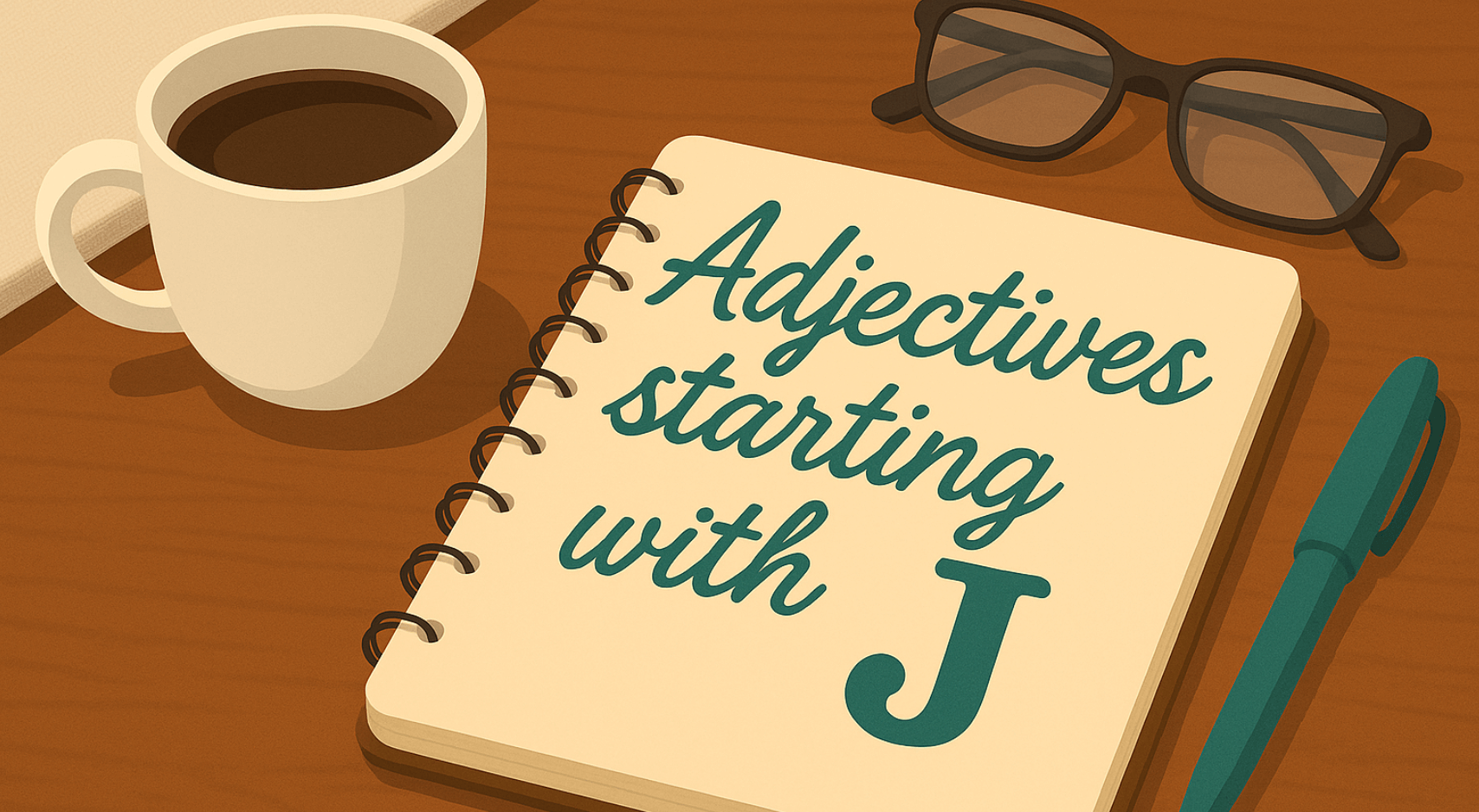Flash fiction is proof that sometimes less really is more. In a world where novels sprawl across hundreds of pages and Netflix dramas stretch into multiple seasons, flash fiction does the opposite—it delivers a story so compact it can fit in the time it takes to sip your espresso. If a novel is a three-course meal and a short story is a hearty sandwich, flash fiction is the storytelling equivalent of a perfectly pulled shot of caffeine: brief, intense, and unforgettable.
So, what is flash fiction? At its simplest, it’s a complete story told in a very small package—usually under 1,000 words, sometimes just a paragraph or even a single line. But don’t let its size fool you. These bite-sized tales often carry the same emotional punch as a 300-page novel, leaving readers stunned, amused, or haunted long after they’ve finished.
In this article, we’ll unpack the world of flash fiction. You’ll learn its definition, peek into its (very brief) history, explore some famous flash fiction examples, and pick up practical tips on how to write your own short-form stories that shine. Let’s explore the art of saying more with less.
What Is Flash Fiction? The Art of Saying More With Less
So, what is flash fiction? At its core, flash fiction is a fully formed story told in under 1,000 words—sometimes 500, 100, or even fewer. If you’re wondering what is a flash fiction story, think of it as a narrative that has all the essentials (character, conflict, and resolution) but stripped down to the bare minimum. It’s storytelling on a diet—no filler, just the good stuff.
Unlike poetry, flash fiction doesn’t lean on abstract expression. Unlike novels, it doesn’t have the luxury of sprawling worldbuilding or long character arcs. Instead, it drops readers straight into a moment, a decision, or a turning point. Every sentence must pull its weight, every word must earn its place. In that sense, flash fiction is the literary equivalent of a mic-drop: brief, bold, and unforgettable.
So, what is a flash fiction piece meant to do? Ideally, it surprises you, makes you laugh, chills your bones, or tugs at your heartstrings—all in a matter of minutes. It’s proof that storytelling power isn’t measured in page counts but in impact.
If you’re still asking what is flash fiction?, here’s the simplest way to put it: it’s a story that doesn’t overstay its welcome. Like an espresso shot, it may be small, but it packs a punch that lingers long after the last sip.
Your Publishing Journey Awaits – Start NowA (Very) Brief History of Flash Fiction
Flash fiction might feel like a modern invention, but in truth, it’s ancient. Long before the term existed, humans were telling compact tales around fires, passing down parables and folklore that delivered big lessons in small packages. Aesop’s fables? Early flash fiction. Religious parables? Same idea. The urge to tell tiny, powerful stories is as old as storytelling itself.
Fast forward to the 20th century, and flash fiction started to get its own spotlight. Writers and editors coined terms like short-short stories, microfiction, and sudden fiction to describe these compressed narratives. Literary magazines became champions of the form, offering readers a quick hit of story between longer works.
Then came the internet. Online writing communities, blogs, and contests supercharged flash fiction’s popularity. Suddenly, these miniature stories were everywhere—shared in forums, published in anthologies, and even thriving on social media. In a world that scrolls fast and reads on the go, flash fiction feels perfectly at home: timeless in spirit, but thriving in the digital age.
Why Writers Love Flash Fiction (and Readers Do Too)
Flash fiction is beloved because it’s deceptively simple. For writers, it’s the ultimate creative challenge: how do you squeeze a full plot, a believable character, and a resonant theme into just a few hundred words? It’s like fitting an orchestra into a phone booth—tricky, but when it works, the result is dazzling.
For readers, flash fiction is pure convenience without sacrificing depth. You don’t need to block off a weekend or lug around a 600-page hardcover. Instead, you get a complete story in the time it takes to brew tea, scroll through your phone, or—yes—finish a coffee break. Finally, a story you can start and finish before your latte goes cold.
And for novelists, flash fiction doubles as a training ground. It sharpens prose, kills off unnecessary filler, and forces discipline in word choice. Every sentence has to pull its weight. Think of it as the literary gym: the more you practice flash, the stronger your storytelling muscles become.
Flash Fiction Examples That Pack a Punch
The best way to understand flash fiction is to see it in action. Let’s look at a few famous flash fiction examples that prove size isn’t everything.
Hemingway’s Six-Word Story – “For sale: baby shoes, never worn.”
Whether or not Hemingway actually wrote it, this six-word tale has become the poster child of flash fiction. In less than a sentence, it conjures heartbreak, loss, and a lifetime of unanswered questions. The story works because it relies on subtext—what’s unsaid is as powerful as what’s written.
Etgar Keret – The Israeli writer is a modern master of microfiction. His stories often run just a page or two but deliver humor, absurdity, and gut-punch emotion. Keret excels at surprise turns; one moment you’re laughing, the next you’re blindsided by something profound. His flash fiction stories show how surrealism and humanity can coexist in miniature form.
Lydia Davis – Known for her razor-sharp, ultra-short works (sometimes a single paragraph), Davis demonstrates how language alone can carry a story. Her pieces often feel like thoughts overheard or diary entries that reveal an entire life. Brevity, in her hands, is both witty and piercing.
These examples highlight what makes flash fiction shine: emotional resonance, clever use of implication, and the ability to surprise. They remind us that great storytelling doesn’t require sprawling plots—it requires precision.
If you’re curious to dive deeper, explore flash fiction anthologies, online literary magazines, or even flash fiction contests. They’re a goldmine of tiny tales that pack far more punch than their word counts suggest.
How to Write Flash Fiction: 7 Quick but Mighty Tips
Writing flash fiction may be short, but it’s no shortcut. To master this mighty little form, here are seven tips to keep your stories sharp, snappy, and unforgettable.
1. Start Late, End Early
Forget the warm-up. Flash fiction thrives on immediacy. Drop your reader right into the action—mid-argument, mid-crisis, mid-disaster—and leave before the dust has fully settled. It’s storytelling with no small talk.
2. Make Every Word Earn Its Keep
No freeloaders allowed. In flash, each word must justify its existence. Cut the fluff, dodge the clichés, and keep only the phrases that sparkle. If a word isn’t working hard, fire it.
3. Focus on a Single Moment
Novels can sprawl. Flash fiction can’t. Zoom in on one instant that matters—a breakup, a revelation, a punchline—and let that moment carry the story. One sharp snapshot beats a blurry epic.
4. Hint at a Bigger World
The magic of flash lies in suggestion. A single detail can hint at an entire backstory: a scar, a phone that won’t stop buzzing, a suitcase by the door. Readers love to fill in the blanks.
5. Embrace Surprise (or a Twist Ending)
Nothing sticks like the unexpected. Whether it’s a shocking reversal or a quiet gut punch, a great flash fiction story delivers impact in its final beat.
6. Experiment With Voice & Style
Flash fiction is a playground. Try lyrical prose, deadpan humor, or sharp dialogue. In such a short form, you can afford to take risks—you’ll be done before anyone can stop you.
7. Revise, Revise, Revise
Short doesn’t mean easy. In fact, it’s harder. Editing is where flash fiction really shines. Trim, tighten, polish. Your story should gleam like a gemstone: small, but impossible to ignore.
Follow these tips, and your flash fiction will go from scribbles to fireworks—brief, bright, and memorable.
Common Pitfalls to Avoid in Flash Fiction
Flash fiction may be short, but it’s surprisingly easy to get it wrong. The first sin? Over-explaining. If you spend three sentences telling readers what you could show in one, you’ve already lost the magic. Brevity is the point—don’t smother it.
Another trap is trying to cram a whole novel into 500 words. You don’t need a backstory for every character and a subplot involving their grandmother’s neighbor’s cat. Keep it lean, or it collapses under its own weight.
On the flip side, avoid being too vague. A flash story should be sharp and precise, not a riddle that leaves readers scratching their heads.
In short: don’t write the short story equivalent of a fruitcake—overstuffed and impossible to chew. Aim for something crisp, light, and memorable instead.
Why You Should Try Writing Flash Fiction Today
Flash fiction isn’t just fun to read—it’s one of the best ways to flex your creative muscles. For beginners, it’s approachable: no need to commit months (or years) to finish a story. For seasoned writers, it’s a refreshing exercise that sharpens craft, trims excess, and sparks new ideas. Think of it as the writer’s equivalent of a sprint: short, intense, and surprisingly addictive.
It’s also a gateway to publishing opportunities. Literary magazines, online platforms, and flash fiction contests are constantly seeking new voices. A 500-word gem can open just as many doors as a sprawling short story—sometimes more.So, what is flash fiction? It’s storytelling fireworks in small packages—brief enough to read in a breath, yet powerful enough to echo in your mind for hours. These tiny tales prove that less can truly be more, distilling emotion, tension, and meaning into the space of a paragraph. Now it’s your turn: grab a prompt, jot down a moment, and see where it takes you. Who knows? Your next flash story might be short—but it could shine forever.
FAQ: What is Flash Fiction?
Q: Are fairy tales flash fiction?
Not usually. Fairy tales are often short, but they usually exceed the word count for flash fiction and involve more elaborate plots. However, some fables and parables—like Aesop’s—do qualify as early forms of flash fiction because of their brevity and sharp moral focus.
Q: Why do people write flash fiction?
Writers love flash fiction because it’s quick, challenging, and creatively liberating. It forces precision, kills fluff, and sharpens storytelling skills. Readers love it because it’s fast, accessible, and emotionally impactful. Plus, it’s a perfect fit for today’s short attention spans.
Q: What is the difference between a short story and flash fiction?
Length is the key divider. A short story usually ranges from 1,000–7,500 words, while flash fiction typically stays under 1,000. Short stories allow more room for subplots and worldbuilding; flash fiction zooms in on one moment or idea and makes it unforgettable.
Q: What are the three characteristics of flash fiction?
Brevity – concise, under 1,000 words.
Impact – delivers a strong emotional punch.
Implied Depth – hints at a bigger world or backstory without spelling it all out.
Q: What is the most popular flash fiction?
The most famous flash fiction example is Hemingway’s six-word story: “For sale: baby shoes, never worn.” Whether or not Hemingway wrote it, the piece is legendary for showing how powerful even the tiniest story can be.
Q: How do you name a flash fiction story?
Keep titles short, sharp, and evocative—just like the story itself. A good title teases the mood or central idea without giving too much away. Think of it as a headline for your story: intriguing enough to hook the reader instantly.








